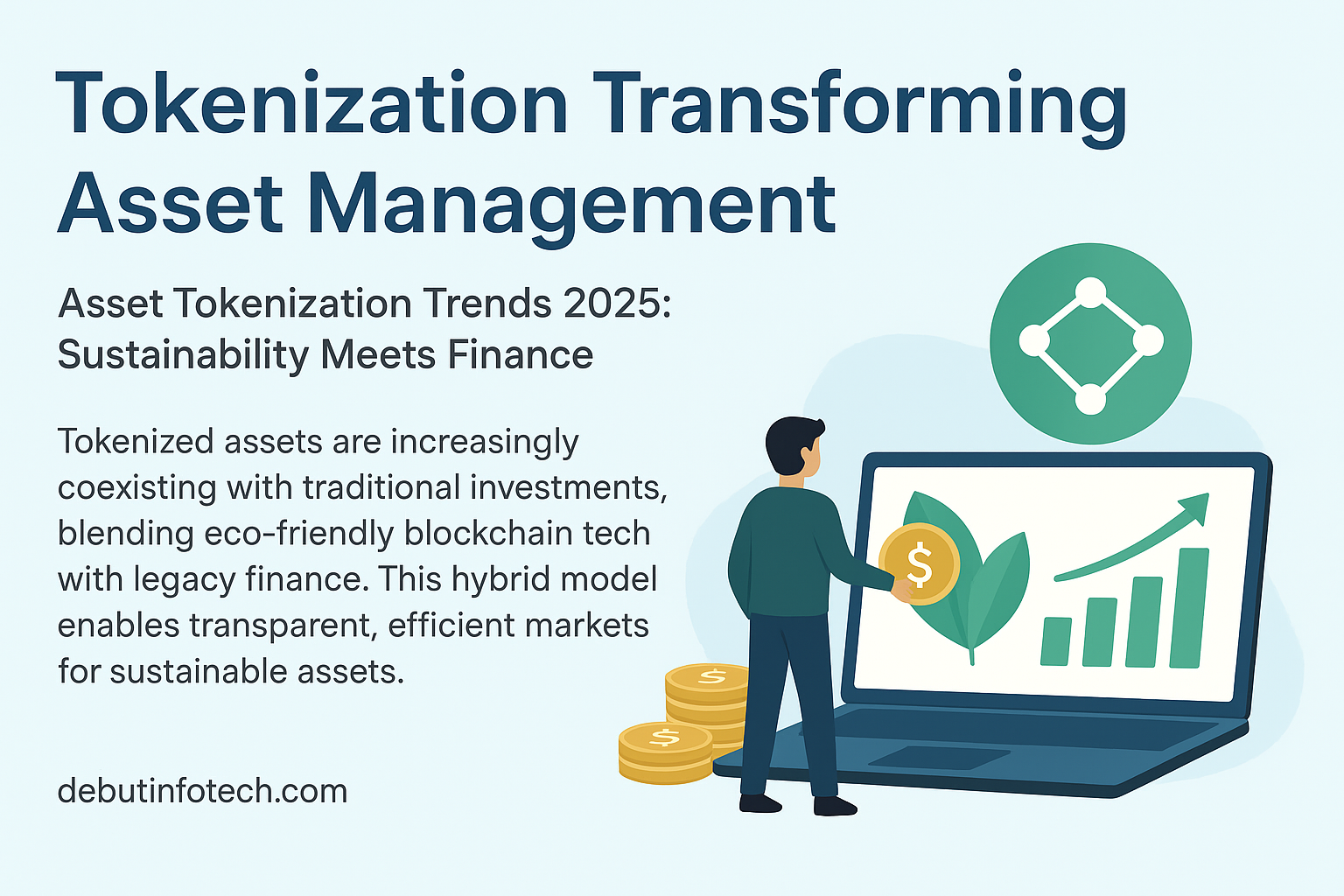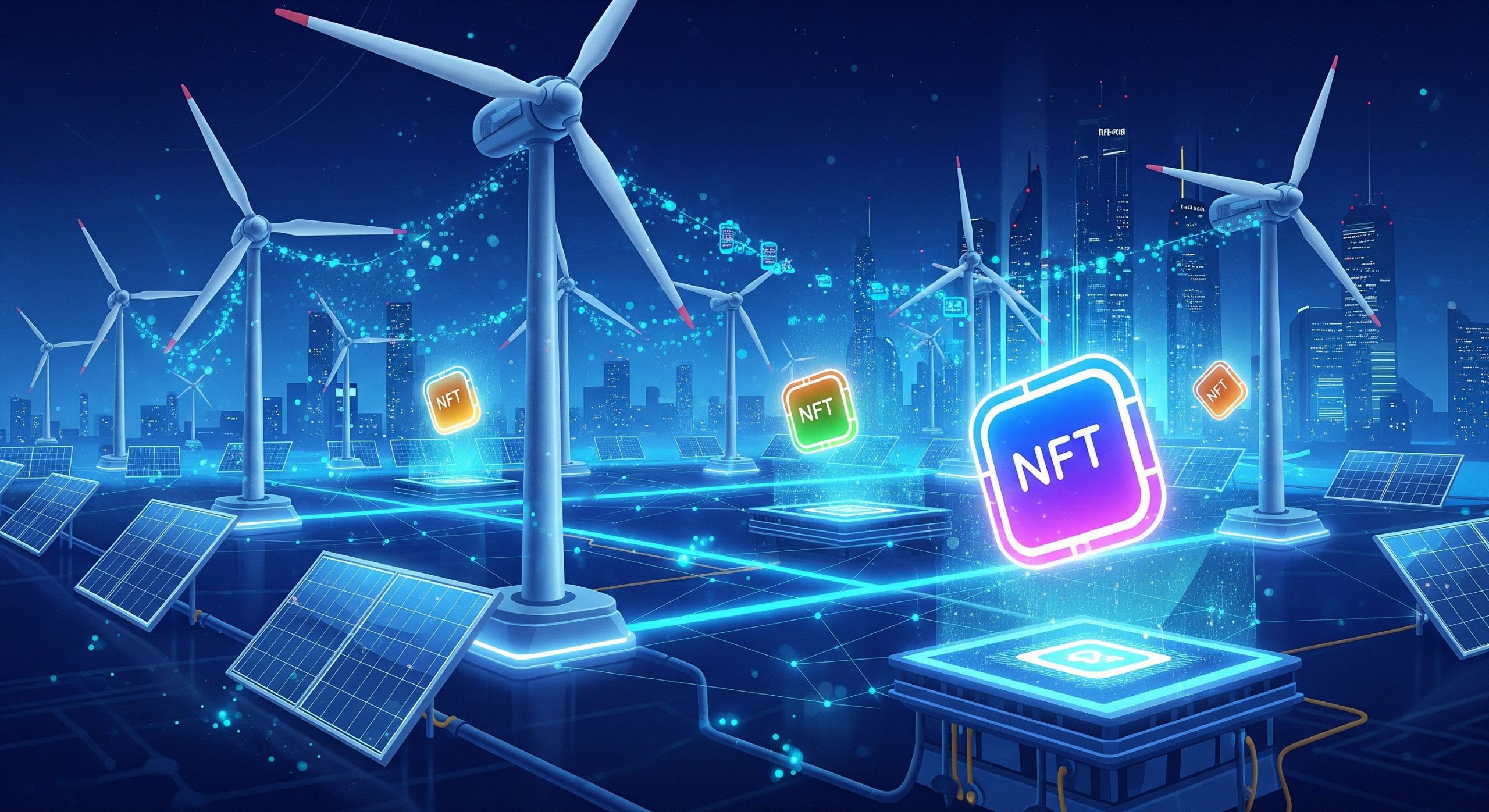The financial world is standing at the intersection of two powerful forces—technological innovation and sustainability. In 2025, tokenized assets are no longer a distant vision; they are becoming a central pillar of modern investment strategies, reshaping how markets operate and how capital flows into sustainable projects.
What Is Asset Tokenization?
Asset tokenization is the process of converting real-world assets—such as real estate, commodities, or even equity—into digital tokens on a blockchain. These tokens represent ownership or a stake in the asset, making it possible to trade, divide, and manage investments with unprecedented efficiency. By combining blockchain’s transparency with regulatory oversight, tokenization bridges traditional finance (TradFi) and decentralized finance (DeFi).
The 2025 Trend: Sustainability Meets Finance
One of the most striking developments in 2025 is the alignment of tokenization with sustainability goals. Eco-friendly blockchain platforms are gaining traction, offering energy-efficient solutions that match the growing demand for green finance. This is particularly relevant as institutional investors increasingly prioritize Environmental, Social, and Governance (ESG) criteria. Tokenized green bonds, carbon credits, and renewable energy investments are thriving, providing capital for climate-positive initiatives.
Why Tokenization Matters for Asset Managers
-
Increased Liquidity: Traditionally illiquid assets like real estate or infrastructure projects can now be fractionally owned and traded 24/7.
-
Lower Costs and Faster Settlement: Smart contracts streamline processes, reducing middlemen and administrative delays.
-
Greater Transparency: Blockchain’s immutable records give investors clear visibility into asset performance and compliance.
-
Global Access to Sustainable Investments: Investors around the world can participate in projects that align with ESG goals without geographical barriers.
The Hybrid Future of Finance
Instead of replacing legacy systems, tokenized markets are coexisting with traditional investments. Banks, asset managers, and fintech startups are working together to integrate tokenization into existing frameworks. This hybrid model blends the stability of regulated finance with the speed and innovation of blockchain technology. The result? Transparent, efficient markets that direct more capital to sustainable assets.
Looking Ahead
As regulations mature and institutional adoption grows, tokenization is expected to become a multi-trillion-dollar market over the next decade. In 2025, the narrative has shifted from “if” to “how fast” tokenization will transform asset management. For investors, this represents an opportunity not just to enhance returns, but also to contribute to a more sustainable global economy.




